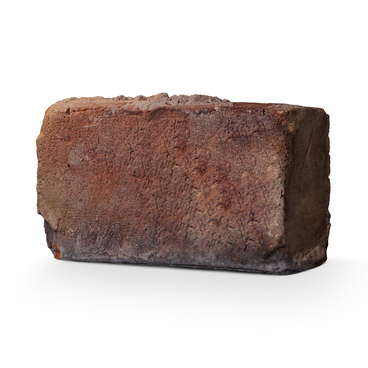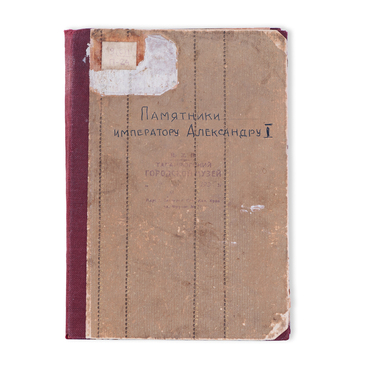The Italian-made brick from the museum collection was used in the construction of the Sunday school building at the Taganrog Lutheran Church. On the front side of the brick, there is a stamp with the manufacturer’s name “Gius Curradi & C. Livorno.”
“Giuseppe Curradi and Company” operated in Livorno, Italy, in the 1880s and 1890s. According to the 1887 “Annali di Statistica” handbook published in Rome, the brick factory of the Curradi brothers in Livorno employed 90 workers, had four kilns, and produced about 2 million bricks per year.
The brick stamp was a kind of passport for the product. According to the 1847 law of the Russian Empire, “Rules for Uniform and Durable Brick Production, ” all private brick manufacturers were required to stamp their products to certify their origin and guarantee their quality.
The name of the plant, the initials of the enterprise owners, and the site of manufacture could be used in stamps. As the tradition evolved, brands acquired their own stylistic and regional features typical of certain time periods, which helps greatly in attributing certain buildings. For example, thanks to the use of a stamp, it was possible to discover that some part of the structures of the Kerch Fortress in Crimea were built using similar Italian bricks.
The Taganrog Lutheran Church, which later had its own Sunday school, was established in 1864 when the Lutheran community acquired a plot of land with a carpenter’s workshop located on it and adapted it for church services.
In 1887, the façade was rebuilt in the Gothic style, and the territory was enclosed with a cast iron fence with a gate. To the right, a one-and-a-half-story building of the parish school was constructed, using Italian bricks.
The Lutheran Church was demolished during the Soviet period, in 1923. However, the parish school building has survived to this day even though it was later modified with an additional story. The entire first floor has remained the same. It is still lined with authentic Italian bricks of this brand.


